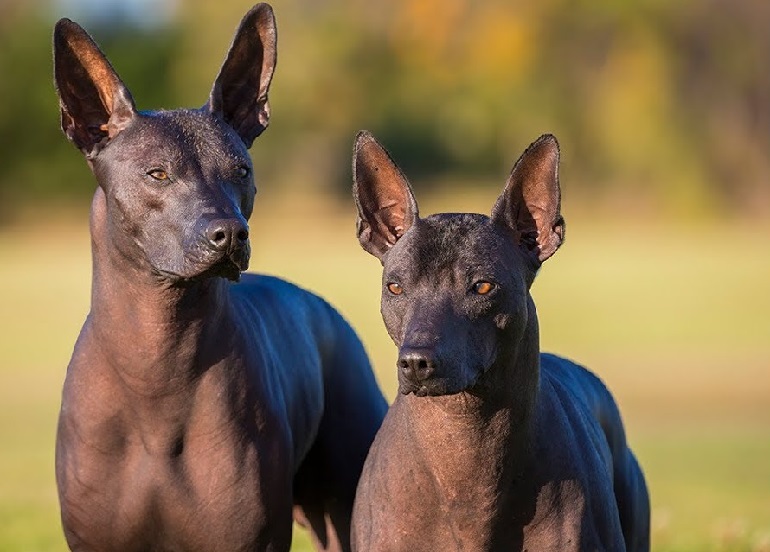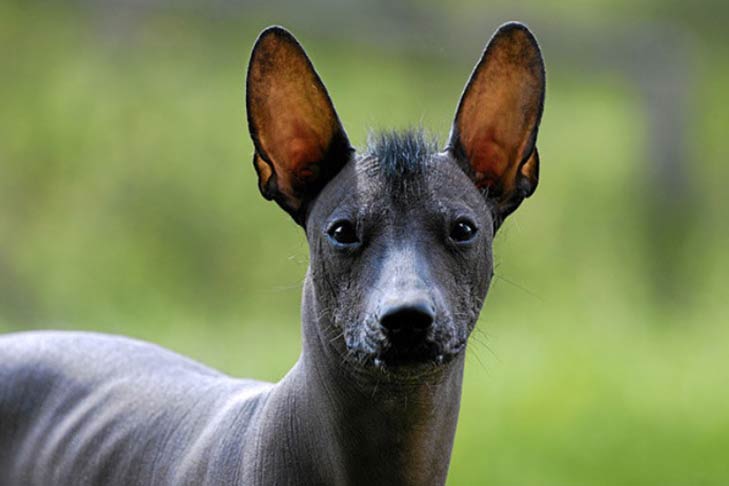Unpacking Xolo Maridueña Ethnicity: A Look At His Roots And Cultural Impact
Many folks are quite curious about the background of their favorite public figures, and Xolo Maridueña is certainly no exception. People often wonder about Xolo Maridueña ethnicity, especially since he's taken on such a significant role as Blue Beetle. It's a natural thing to be interested in where someone comes from, you know, as it helps us understand them a little better.
This interest isn't just about simple curiosity; it's also about connection. When an actor steps into a part that represents a particular culture, it often sparks questions about their own heritage. So, a lot of people are looking to learn more about his family's story and what makes him who he is, which is pretty cool.
Today, we're going to explore Xolo Maridueña's heritage, looking at his family background and how his roots connect to his identity. We'll also touch on the broader cultural significance of his journey, as a matter of fact, and even delve into a fascinating cultural connection tied to his unique name.
Table of Contents
- Xolo Maridueña: A Brief Biography
- Tracing Xolo Maridueña's Ethnic Roots
- The Significance of Representation
- The Name "Xolo" and its Ancient Cultural Connection
- Xolo Maridueña's Cultural Identity and Influence
- Frequently Asked Questions (FAQs)
Xolo Maridueña: A Brief Biography
Xolo Maridueña is an American actor who has really made a name for himself in recent years. He first gained widespread attention for his role as Miguel Diaz in the popular Netflix series, "Cobra Kai," which is a continuation of the beloved "Karate Kid" films. That show, honestly, brought him a lot of fans.
More recently, he stepped into the superhero world as Jaime Reyes, also known as Blue Beetle, in the DC Extended Universe film. This role, actually, was a pretty big deal, marking a significant moment for Latino representation in major superhero movies. He's quite a talented young person.
Personal Details and Bio Data
| Detail | Information |
|---|---|
| Full Name | Xolo Maridueña |
| Date of Birth | June 9, 2001 |
| Place of Birth | Los Angeles, California, USA |
| Nationality | American |
| Occupation | Actor |
| Notable Roles | Miguel Diaz (Cobra Kai), Jaime Reyes / Blue Beetle (Blue Beetle) |
Tracing Xolo Maridueña's Ethnic Roots
When people ask about Xolo Maridueña ethnicity, they're often curious about his family's heritage. Xolo Maridueña has a rich and vibrant background, with roots stretching across Latin America. His mother, you see, has Mexican heritage, bringing a deep connection to that culture.
On his father's side, his family comes from Ecuador, adding another layer to his diverse background. So, he is a blend of both Mexican and Ecuadorian ancestry, which is rather unique. This mix of cultures gives him a very broad perspective, one might say.
He was born and raised in Los Angeles, California, a city known for its diverse population. Growing up in such a place, with his specific family background, probably gave him a strong sense of his cultural identity. He's often spoken about how much his heritage means to him, actually, and how it shapes his view of the world.
His connection to his roots is something he seems to embrace fully. It's not just a detail about his birth; it's part of who he is and how he relates to his work. This genuine connection, you know, makes his performances even more impactful for many viewers, especially those who share similar backgrounds.
The Significance of Representation
Xolo Maridueña's role as Blue Beetle carries a lot of weight, particularly for Latino communities. His casting as the first Latino lead in a DC superhero film was a huge step forward for representation in mainstream media. It meant that a whole new generation could see themselves reflected on the big screen, which is pretty powerful.
This kind of visibility can inspire young people and help to break down stereotypes. When you see someone who looks like you, or shares your background, achieving great things, it sends a strong message. It says, "You can do it too," basically, and that's incredibly important.
Xolo himself has often talked about the responsibility he feels in this role. He understands that he's not just playing a character; he's representing a whole community. He's taken this on with a lot of grace and thoughtfulness, which is quite admirable, really. His presence in such a prominent role helps to push for more diverse storytelling in Hollywood, which is a good thing.
The impact of seeing diverse faces in leading roles goes beyond just entertainment. It helps to normalize different experiences and backgrounds, making the world feel a bit more inclusive for everyone. It's about building bridges, you know, and showing the rich tapestry of human experience.
The Name "Xolo" and its Ancient Cultural Connection
Interestingly, Xolo Maridueña's first name, "Xolo," carries a very deep and ancient cultural significance, especially tied to his Mexican heritage. It's not a common name, and its origins are quite fascinating. This connection, you know, adds another layer to understanding his background.
The name "Xolo" is an abbreviation of "Xoloitzcuintli," which refers to the Mexican Hairless Dog. This breed, sometimes called a Mexican Hairless or simply "Xolo," traces its roots back as far as the Aztecs in Mexico. It's a truly unique and rather old breed, actually, with a long history in the region.
The Xoloitzcuintli: A Glimpse into Ancient Mexico
The Xoloitzcuintli is now known to be one of the world’s oldest and rarest breeds. Statues identical to the hairless variety date back over 3,000 years, which is quite astonishing. The Aztecs believed that these dogs were sacred, acting as guides for souls through the underworld. They held a very special place in their culture, you see, and were considered more than just pets.
The breed comes in three sizes: toy, miniature, and standard. These dogs have a long history in Mexico, and they've been gaining popularity as pets in recent years. The Mexican street dog Xoloitzcuintli, also known as the Xolo, is a unique and fascinating breed. They are, in a way, living pieces of history.
The breed occurs naturally in two coat varieties: hairless and coated, though the hairless one is the most famous. Their body proportions are rectangular, slightly longer in total body length than the height measured at the highest point of the withers (top of the shoulders). They have a very distinctive look, that's for sure.
Characteristics and Temperament of the Xolo Dog
Beyond their unique appearance, Xolos are known for their intelligence and loyalty. The smaller Xolo was bred as a companion, offering comfort and presence. The larger Xolo, on the other hand, was bred for protection, showing their versatility. They are quite adaptable animals, actually.
When you’re training your Xolo, make sure to layer on the praise (and treats!) anytime they follow directions or obey a command. Younger Xolos have a ton of energy and need consistent guidance. They are, in some respects, quite eager to please their human companions.
No matter which Xolo you choose, they need to be taken on a daily walk. While play can take care of a lot of the smaller, more immediate energy bursts, a structured walk is important for their well-being. They are very active creatures, you know, and thrive on routine.
The Xolo in Modern Times
Once known as the Mexican Hairless, the Xoloitzcuintli has experienced a resurgence in popularity, not just in Mexico but globally. Their ancient lineage and unique qualities make them very appealing to dog enthusiasts and those interested in rare breeds. Learn more about the Xolo dog and its rich history on our site: . This breed, quite honestly, represents a living link to Mexico's past.
The fact that Xolo Maridueña carries this name, "Xolo," is a beautiful nod to his Mexican heritage and the deep cultural significance of this animal. It's a name that speaks of ancient traditions and a strong connection to the land. It's almost like his name itself tells a story, which is pretty neat.
Xolo Maridueña's Cultural Identity and Influence
Xolo Maridueña appears to genuinely embrace his mixed heritage, often speaking about its importance to him. He uses his platform to highlight the beauty and diversity of Latino cultures. This isn't just about his acting roles; it's about his personal identity, you know, and how he carries himself.
His willingness to be open about his Mexican and Ecuadorian roots helps to foster a sense of pride among his fans. He shows that being connected to your heritage is a strength, not something to hide. It's a very positive message, honestly, for young people everywhere.
He's become a role model for many, demonstrating that you can achieve great success while staying true to where you come from. His work, especially in "Blue Beetle," serves as a powerful symbol of cultural representation in popular media. This kind of impact, you see, goes far beyond just entertainment.
His journey reminds us that our backgrounds shape who we are and can be a source of immense strength and inspiration. It's a testament to the rich cultural tapestry that makes up our world. You can find more details about his career and personal journey on this page: . He really is, in a way, paving a new path.
Frequently Asked Questions (FAQs)
What is Xolo Maridueña's ethnic background?
Xolo Maridueña has a diverse ethnic background. His mother is of Mexican descent, and his father has Ecuadorian heritage. So, he is proudly of both Mexican and Ecuadorian ancestry, which is a pretty cool mix, really.
Where was Xolo Maridueña born?
Xolo Maridueña was born in Los Angeles, California, in the United States. He grew up in a city known for its diverse communities, which likely helped shape his broad cultural perspective, you know.
Does Xolo Maridueña speak Spanish?
Yes, Xolo Maridueña does speak Spanish. He has mentioned in various interviews that he is bilingual, speaking both English and Spanish, which is quite common for people with his background, actually. This ability helps him connect with a wider audience.

Xoloitzcuintli Dog - Facts, History & Breed Information

Xolo Breed Varieties: The Many Different Types of a Xoloitzcuintli

Xolo Breed Varieties: The Many Different Types of a Xoloitzcuintli